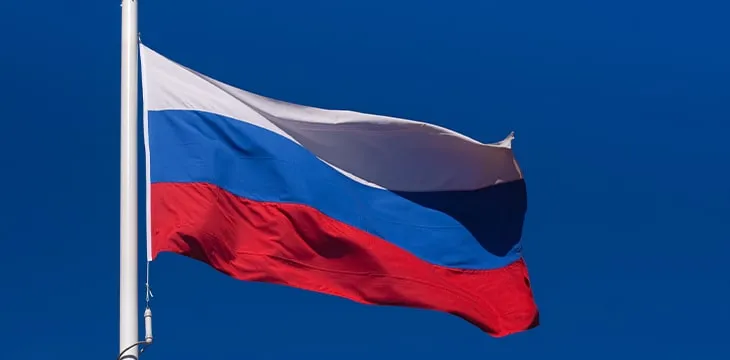|
Getting your Trinity Audio player ready...
|
Russia will not be legalizing private stablecoins in the near future, at least not if the country’s central bank has its way. The Bank of Russia is opposed to stablecoins, with one official recently claiming that they are too risky for users as there’s no guarantee of redemption.
Speaking to Moscow-based business daily newspaper Vedomosti, the unnamed Bank of Russia official said that private stablecoins “are characterized by increased risks, because the pool of assets underlying them does not belong to the owner.”
He added that the “…redemption at the face value of the assets in the collateral is not guaranteed, and in fact the price of the stablecoin is not stable.”
The words of caution come when regulators globally rethink their approach towards stablecoins. This follows the $18 billion collapse of what was the third-largest stablecoin—TerraUSD, better known as UST. Others like Tether haven’t inspired confidence in regulators either with endless legal issues.
In Russia, the dynamics are a bit different. While the central bank has been against stablecoins and all the other digital assets, the country’s Ministry of Finance has taken a contrasting stand. The ministry believes it’s best to regulate the industry rather than impose a blanket ban.
This contrast in opinion has been playing out this entire year.
Last week, a senior official claimed that the ministry was fully behind the legalization of stablecoins for payments. Speaking at an industry event, Ivan Chebeskov, the head of the Financial Policy Department at the Ministry of Finance, said that such a move could benefit Russian merchants and businesses.
“If there is a need for businesses, companies or investors to settle and invest in a new way, if they need such a tool, because it reduces costs, works better than previous tools, and if we can limit the risks associated with it, we will always support such initiatives,” he said.
The Bank of Russia doesn’t share the view and believes that such a stablecoin would directly compete with the sovereign currency, the ruble. And as the official told the outlet, the Russian ruble is the only legal tender in the country.
Bank of Russia is also working on its own central bank digital currency (CBDC), the digital ruble. It believes this will be a better alternative to stablecoins as it will combine “all the advantages of a digital means of payment and the reliability of a full-fledged currency.”
For Russia, legalizing stablecoins would go beyond just giving users a better payment mechanism. According to Andrey Voronkov, the founder of a Russian digital asset firm, this would play a role in protecting the Russian ruble’s position in the global economy.
Speaking last week, he observed that there’s no ruble-backed stablecoin at the moment despite dozens of dollar-backed ones. This works for the U.S. and its currency as users are forced to transact in the dollar, further entrenching it as the global reserve currency. He stated that legalizing stablecoins would allow the ruble to compete with the USD for this market.
To learn more about central bank digital currencies and some of the design decisions that need to be considered when creating and launching it, read nChain’s CBDC playbook.
Watch: The BSV Global Blockchain Convention presentation, New Technologies, New Futures for Nations

 07-01-2025
07-01-2025 





